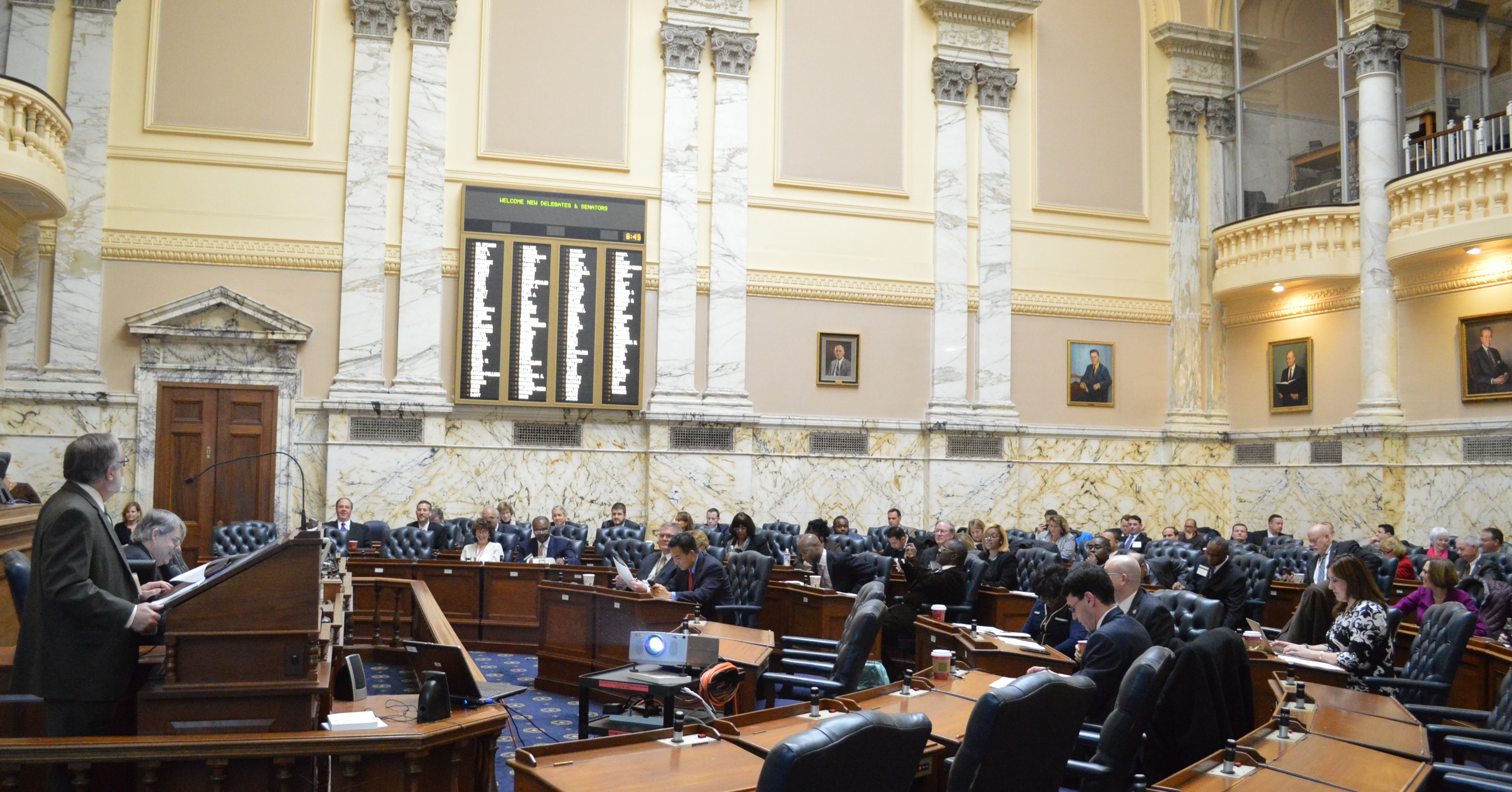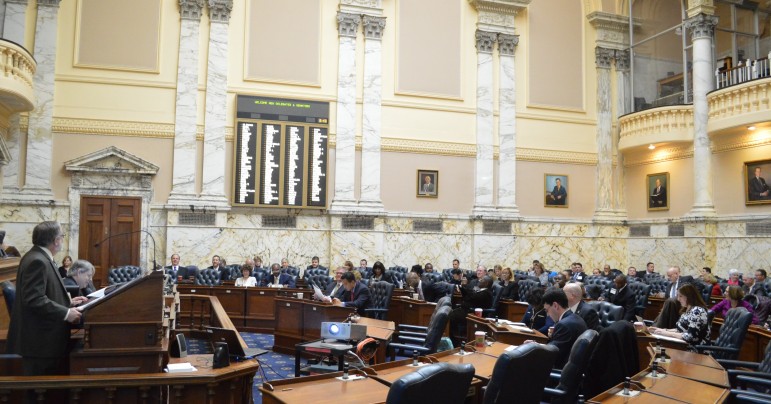By Len Lazarick
Democratic legislators proudly proclaimed on Monday they had cured Maryland’s structural deficits with a big surplus this year, but it turns out it is only a temporary respite from a chronic budget disease.
On Friday, the legislature’s top nonpartisan staffer told legislative leaders in a letter that structural deficits are forecast to recur again in two years, growing from $37 million in fiscal 2018 to $465 million in fiscal 2021.
“While it cannot be said that the structural deficit is no longer a concern, our most recent forecast suggests that it can be addressed without extraordinary measures through prudent budget management over the next few years,” said Warren Deschenaux, executive director of the Department of Legislative Services.
A structural deficit is the difference between estimated future revenues and the “baseline budget,” the estimated cost of maintaining current services under normal conditions These baseline budgets assume full funding of all the programs mandated by state law such as education aid, the largest single state-funded program, and Medicaid health insurance, as well as cost-of-living increases and the pension contributions for state employees. It also includes inflation in costs for utilities, gasoline, food and supplies.
The persistence of the deficit in the out years is what Gov. Larry Hogan’s spokesman referred to in justifying the governor’s refusal to release $68 million in education funding for this fiscal year, as the lawmakers demanded.
“As both Senate President Miller and Speaker Busch know, Maryland is still facing a nearly $1 billion cumulative deficit over the next five years,” Doug Mayer, Hogan’s deputy communication director, said last Monday.
Deschenaux said the deficits were forecast to be $34 million in fiscal 2018, $187 million in 2019, $317 million in 2020, and $465 million in 2021, adding up to $1.003 billion.
Deschenaux’s letter was released with a statement by the Senate Republican Caucus.
Sen. Andrew Serafini, R-Washington, a member of the Budget Committee, observed: “DLS has confirmed the differences of approach between current and previous administrations. Like Maryland households, we must take a longer term view in budgeting. This means that any short term windfall should not be relied upon to continue.”
“It is clear that the problems that were created over the last years are not going to be remedied quickly,” Serafini said. “The caution exhibited by Governor Hogan exhibits prudence and common sense. The challenges of healthcare and Medicaid as well as rising debt cost and pension obligations still loom large. Clearly, the long term structural deficit is still a significant issue.”








Why are deficits of any kind “built into” state budgets ?
Let the average taxpayers look at the budget and apply household budgeting to the state… I bet you that “we can’t afford it” will be heard a lot…
Money spent should equal or be less than money coming in…
I’d just like to thank the author for the proper usage of “Democratic,” over the somehow more common and grammatically incorrect “Democrat”.
The structural deficit is one of several reasons for circumspection about managing the “surplus.” Republicans seem content to end debate here but they ought to demand a higher burden for Democrats. Tell democrats to show the relationship between program funding levels and expected results. What does spending $68M on education get us, aside from helping Mike Miller and his pals get re-elected for the umpteenth time? Will our kids be better off?